Packing tips! Let’s talk weight distribution
For many years we used to solely focus on what to put in our backpacks and not how to pack the backpack for best weight distribution or how it could benefit us in saving energy while proactively working with avoiding injuries. There are two guiding principles that may be relevant to you when you fill up and stack your PackStacks: organization and distribution. These two principles are intertwined; let's not sacrifice one for the other - the whole idea is to avoid negatively affecting your centre of gravity.
In terms of organization we have already talked about dividing your packing based on what needs waterproof and weatherproof storage as well as what you need easy vs less frequent access to. The next step is to split those two piles into what is heavy and what is relatively light. How you then distribute the heavy and lighter items in your PackStacks depends on the type of backpack you will use and of terrain you will move in and also personal preference.
We always use a backpack with an internal frame [in this case a 50L backpack] and being based in British Columbia we often end up in the mountains and rarely experience longer flat sections. We are much more acquainted with traverses with lots of rocks and roots. Hiking and scrambling in the mountains makes centre of gravity very important to avoid falling over. The bonus is that it also conserves energy, which you can put towards going further, reducing struggles and staying focused. We find hiking and backpacking to be a physical challenge but also a mental game, and we want to stay in a positive headspace.
With the above as the baseline info place lighter gear such as our sleeping bag, liners and mat into a PackStack™ PRO [40L+ Tall] and place it at the base of our pack. Our pack has a zipper at the very bottom and it fits perfectly there. We then place our spare set of clothes and a down jacket in a PackStack™ [40L+ Short] and place it from top down into our back. It should sit on top of the PackStack™ containing our sleeping gear while being separated by the internal backpack divider.
Moving forward, we use a PackStack™ [40L+ Tall] to pack our food [except the snacks we want to keep handy], cooking gear, and gas in the mid-section of our pack. We typically also put other products with a scent like toothpaste in this unit. While packing, ensure the heaviest food items go along the section closest to our back and the lighter items in the front section of the PackStack™. If we bring two extra water bladders in addition to our main hydration bladder [that sits vertically, outside of PackStack™ but inside of backpack] we typically place one spare bladder on the left side on the inside of our PackStack™, and counterbalance it with another on the right side. Or if we only bring one extra hydration bladder, then it goes flush horizontally along the back wall (inside) of our PackStack. As a side note, always monitor the trail conditions. Currently, many of our trails that typically have water streams we can top up at are all dried out or the water levels are low and have been standing still for a long time which makes it dangerous to drink from.
We then add a PackStack PRO [40L+ Tall] on top including our lightweight tent, a tarp, and rain gear.
The last unit in our stack is a PackStack [40L+ Short] that we use to put miscellaneous items such as our map, compass, first aid kit, headlamp, spare batteries, and toilet paper. We typically put our Garmin and whistle in here too for easy access, because once we get to the trailhead, we want to get to them, wear them, and start our hike with no fuss.
By using this packing strategy you will increase your stability when going uphill and downhill. This will lessen the risk of falling backwards or forward, save energy, and in extension prevent potential injuries. You might be able to have a different packing strategy (e.g. pack heavier items further up) if you were to exclusively move in flat terrain. Same goes for a scenario where you would use an external frame pack.
Besides the above guiding principles some of it also comes down to personal preference and perfecting your organization and weight distribution skills over time. We recommend you to pack your backpack and test it out in similar terrain as you will travel on before your actual trip. A bonus is that you will build up your muscle strength and hiking stamina, while having the opportunity to make adjustments and learn before you take on a planned trip. We recommend you to even practice this on your day hikes.
Pack'Em, Stack'Em & Happy Hiking!


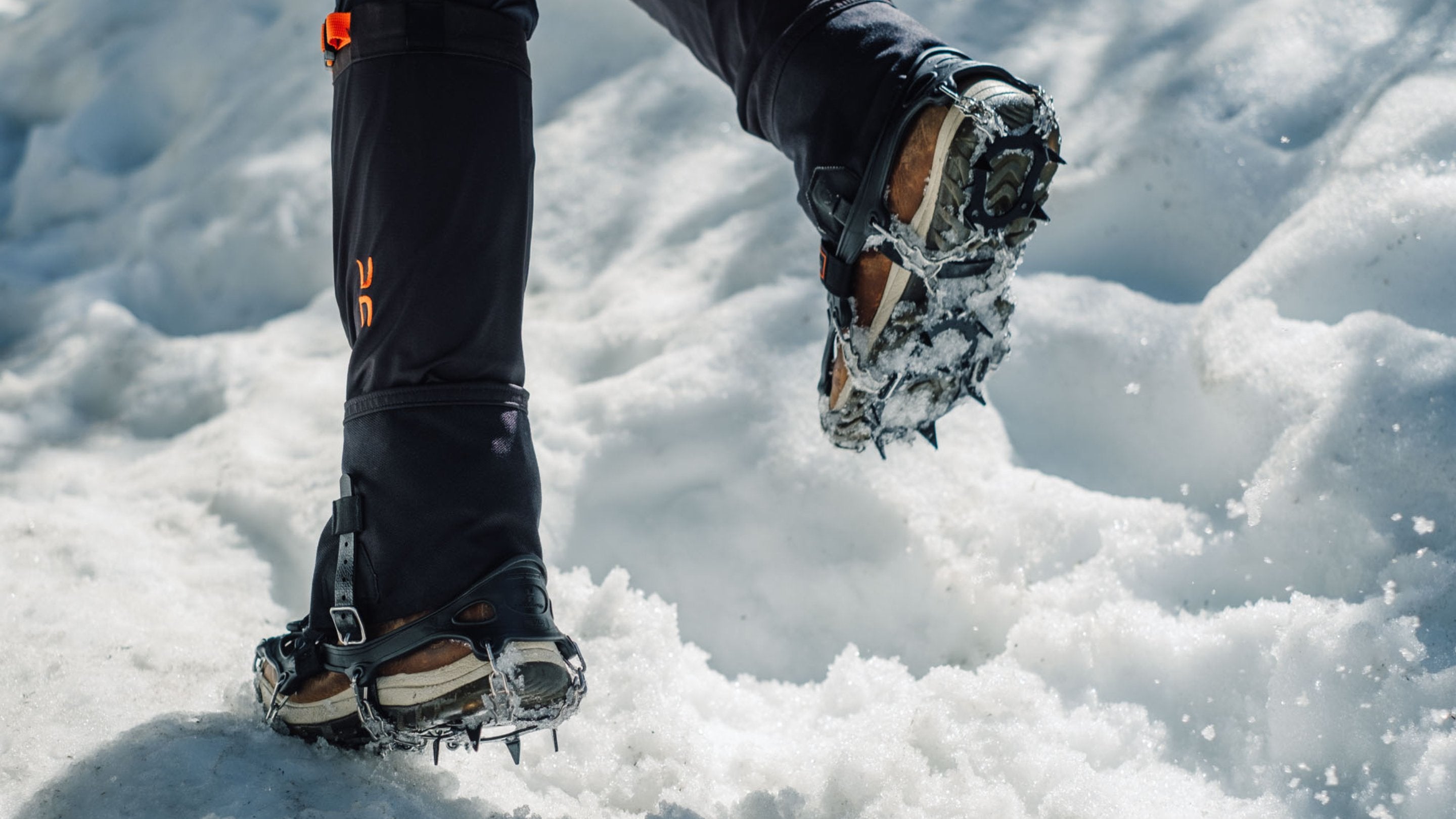
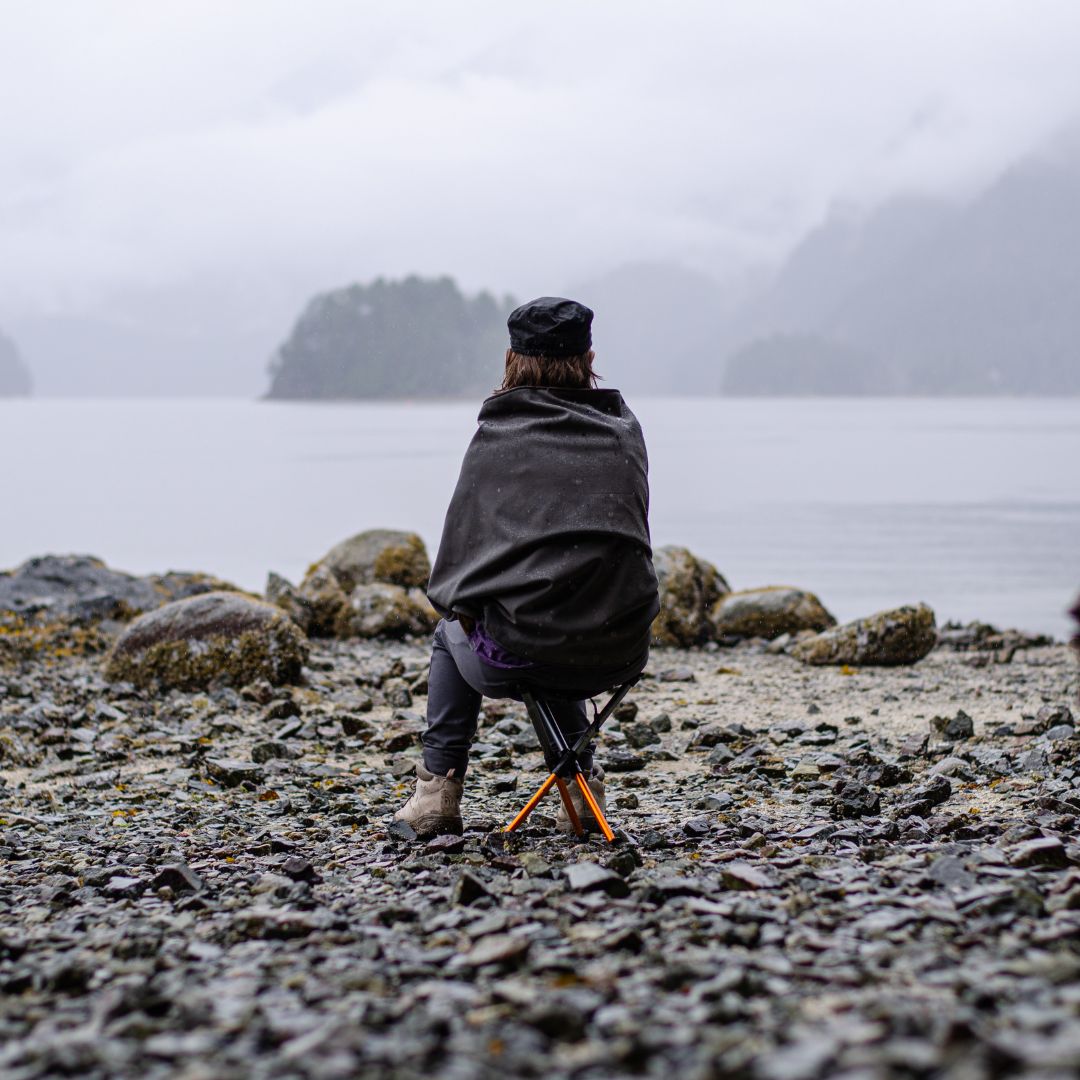
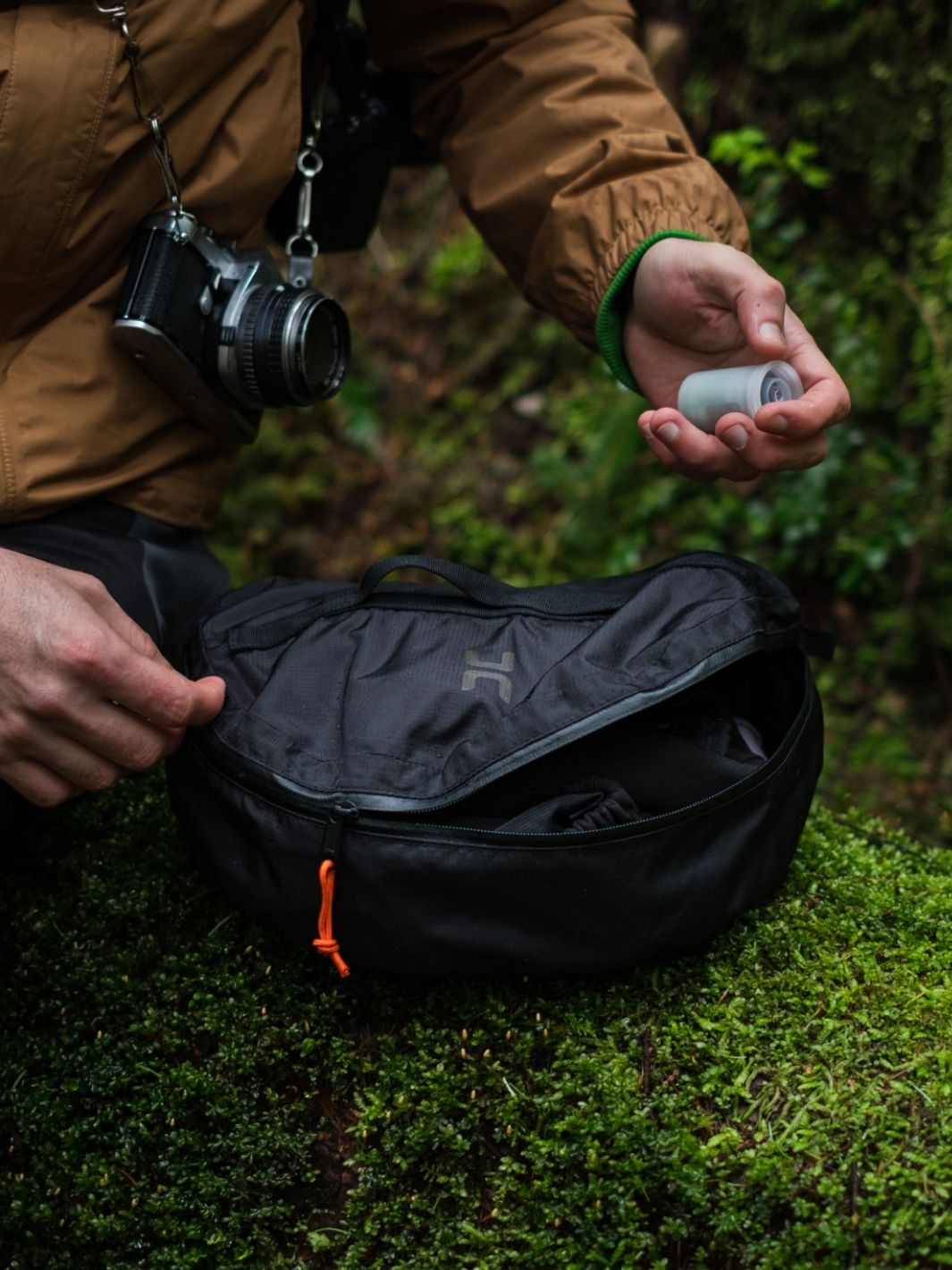
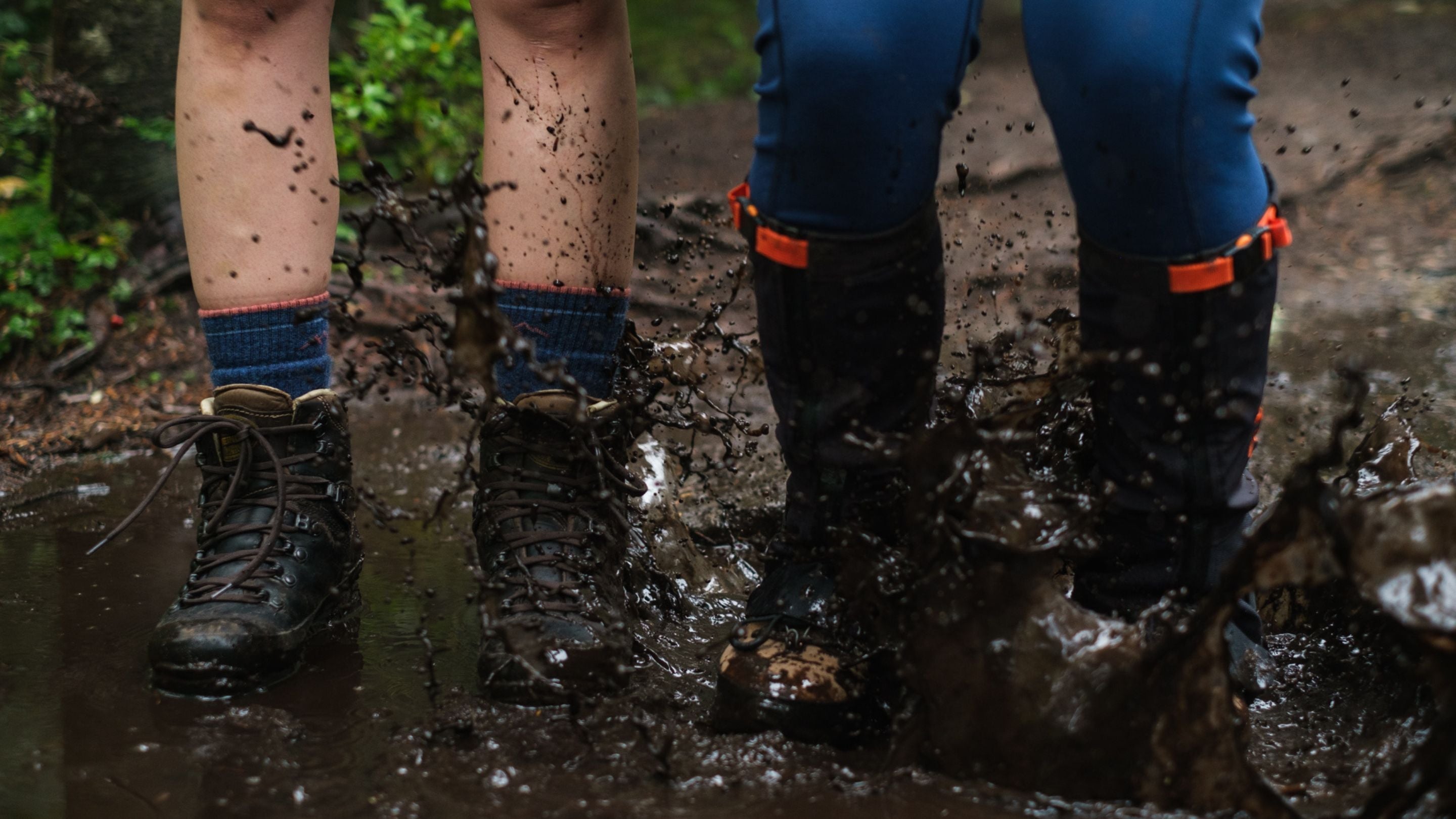
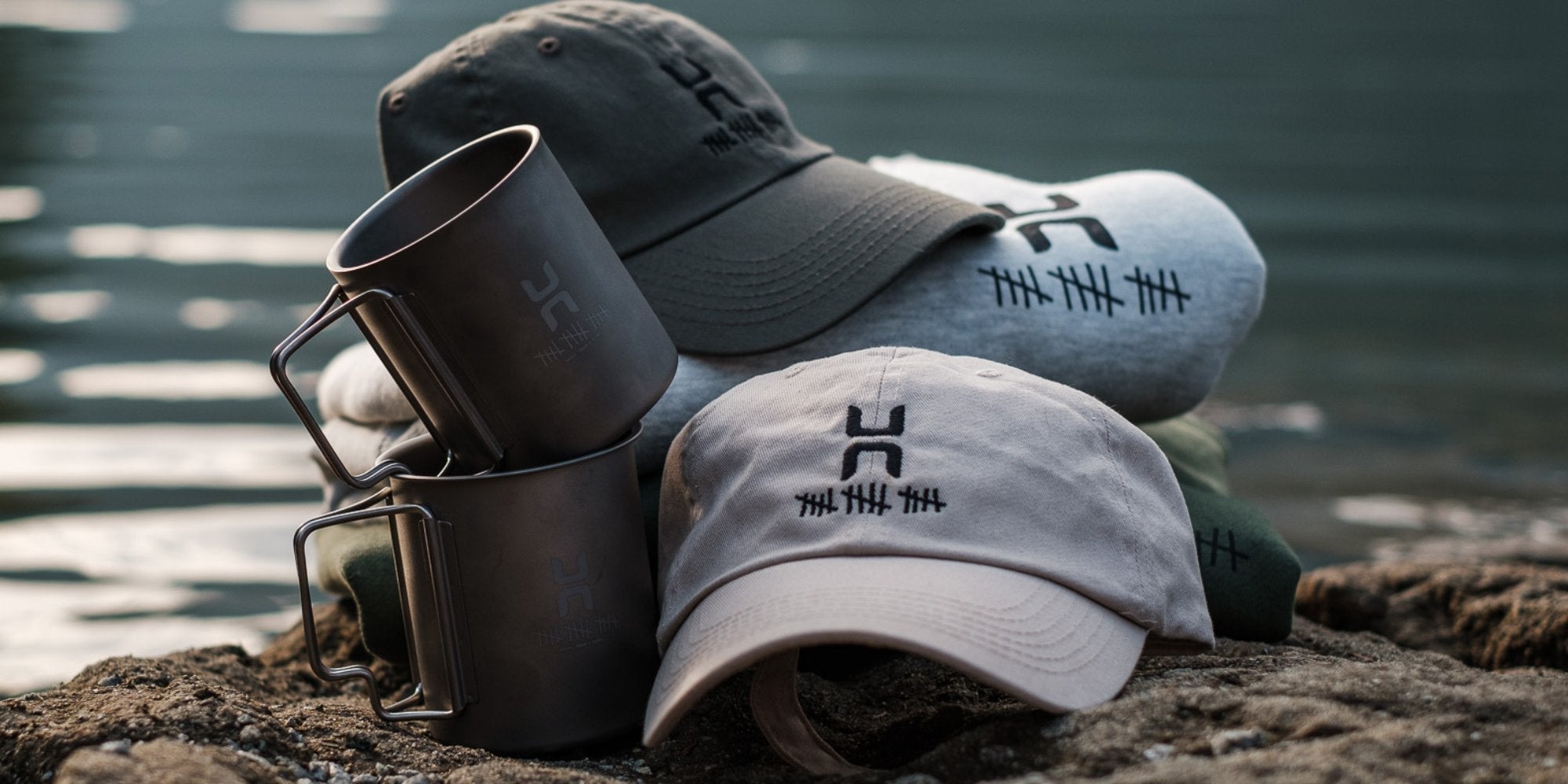
Brilliant article! Thanks for going into such detail and thoroughly explaining exactly how to properly load my backpack in order to decrease injuries and increase enjoyment!
Leave a comment